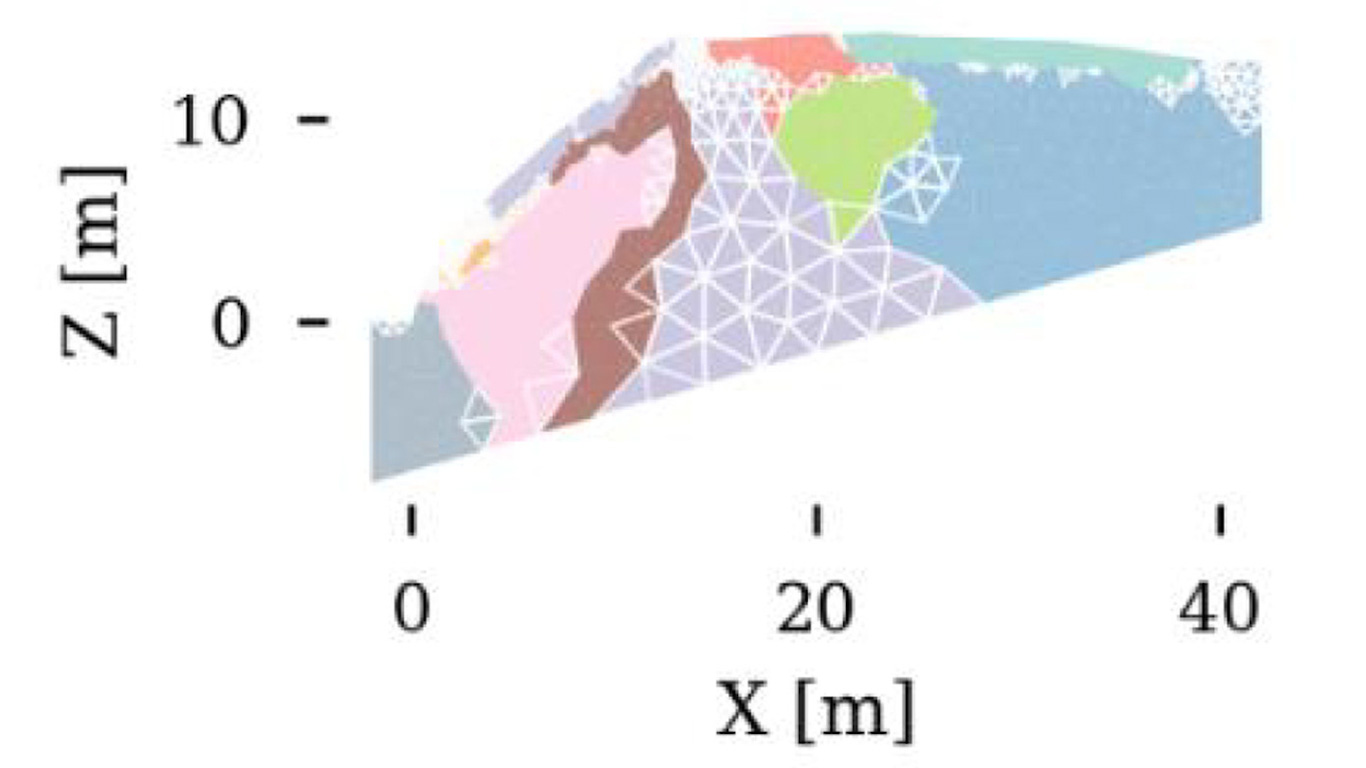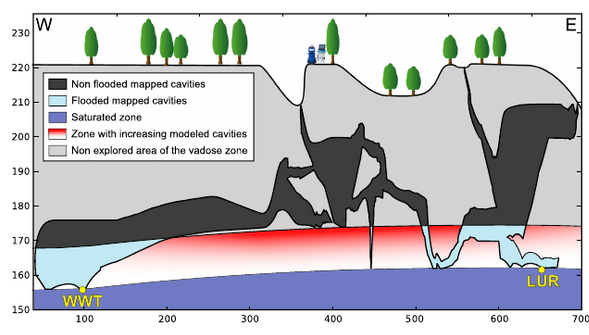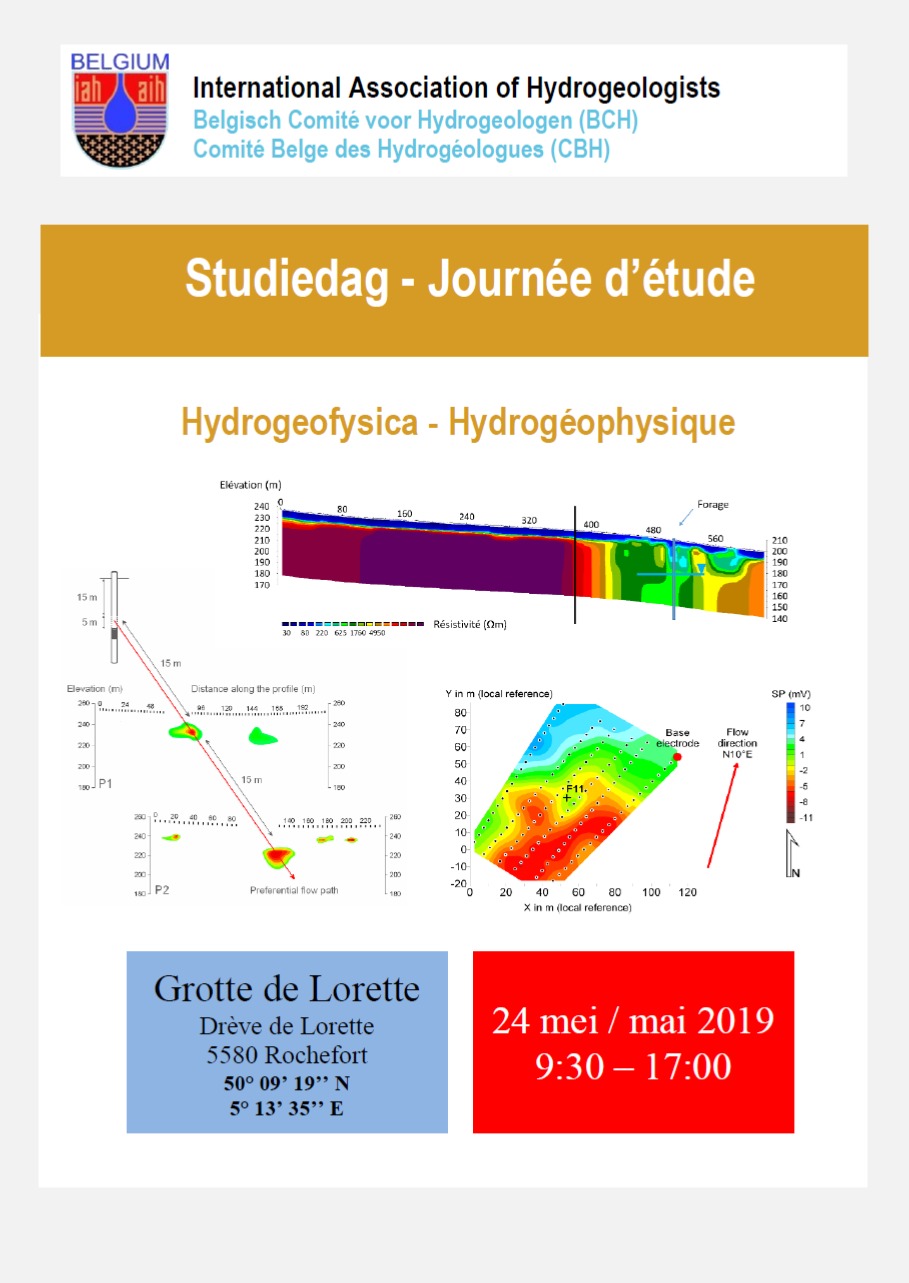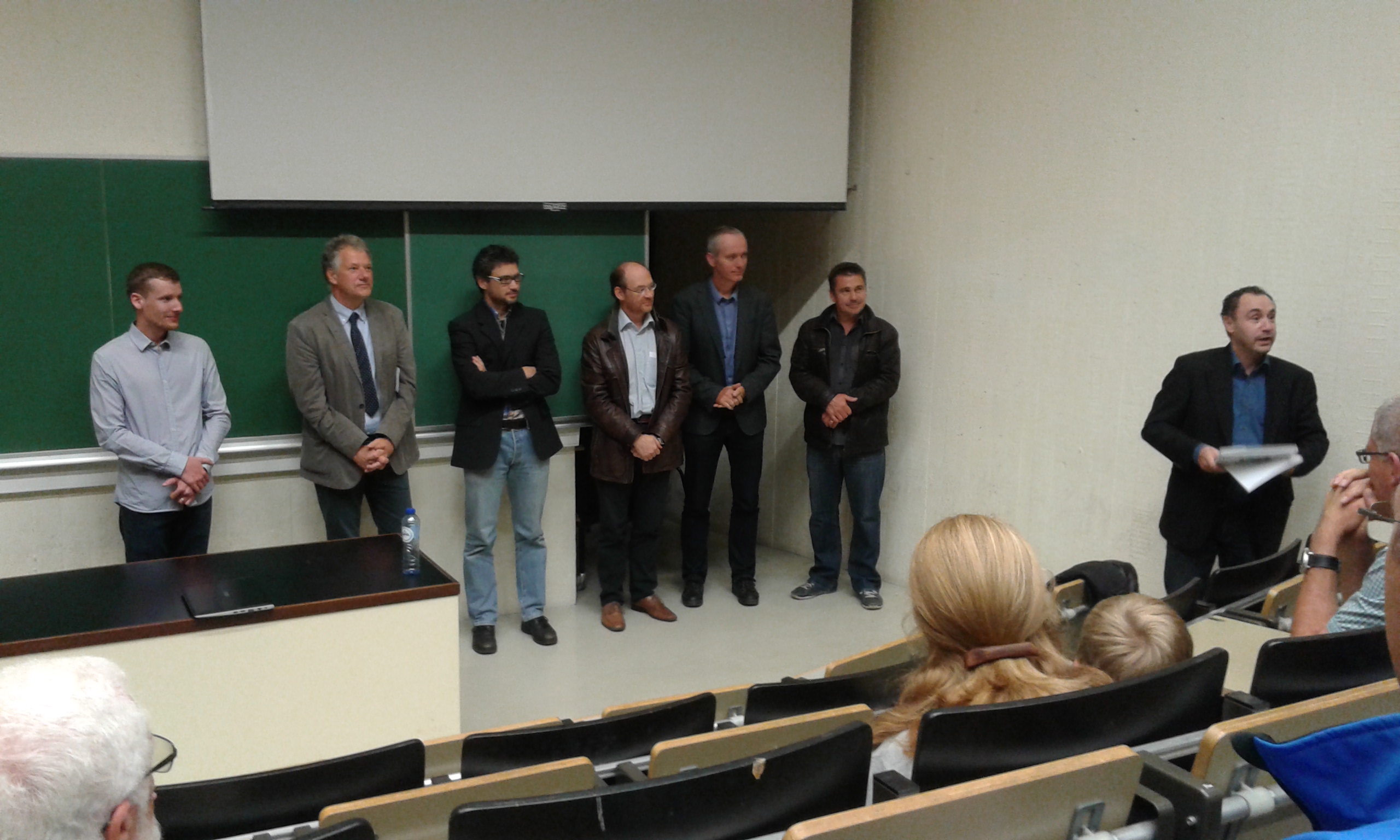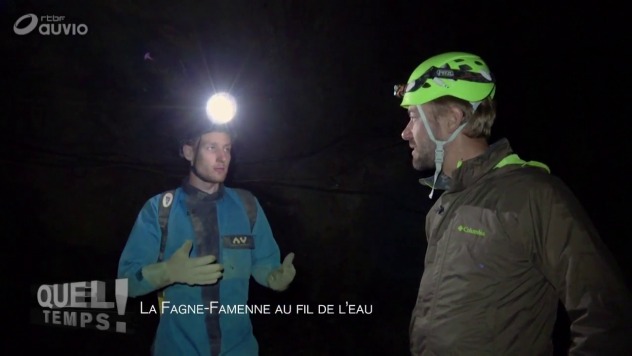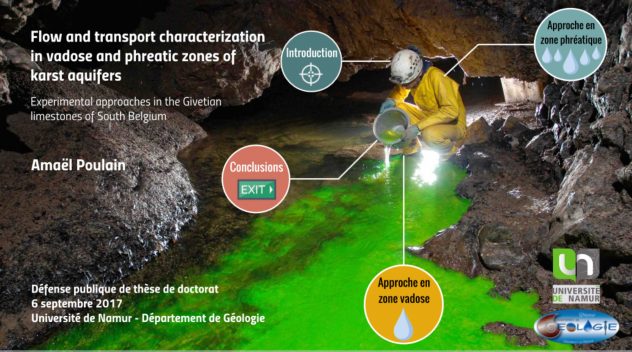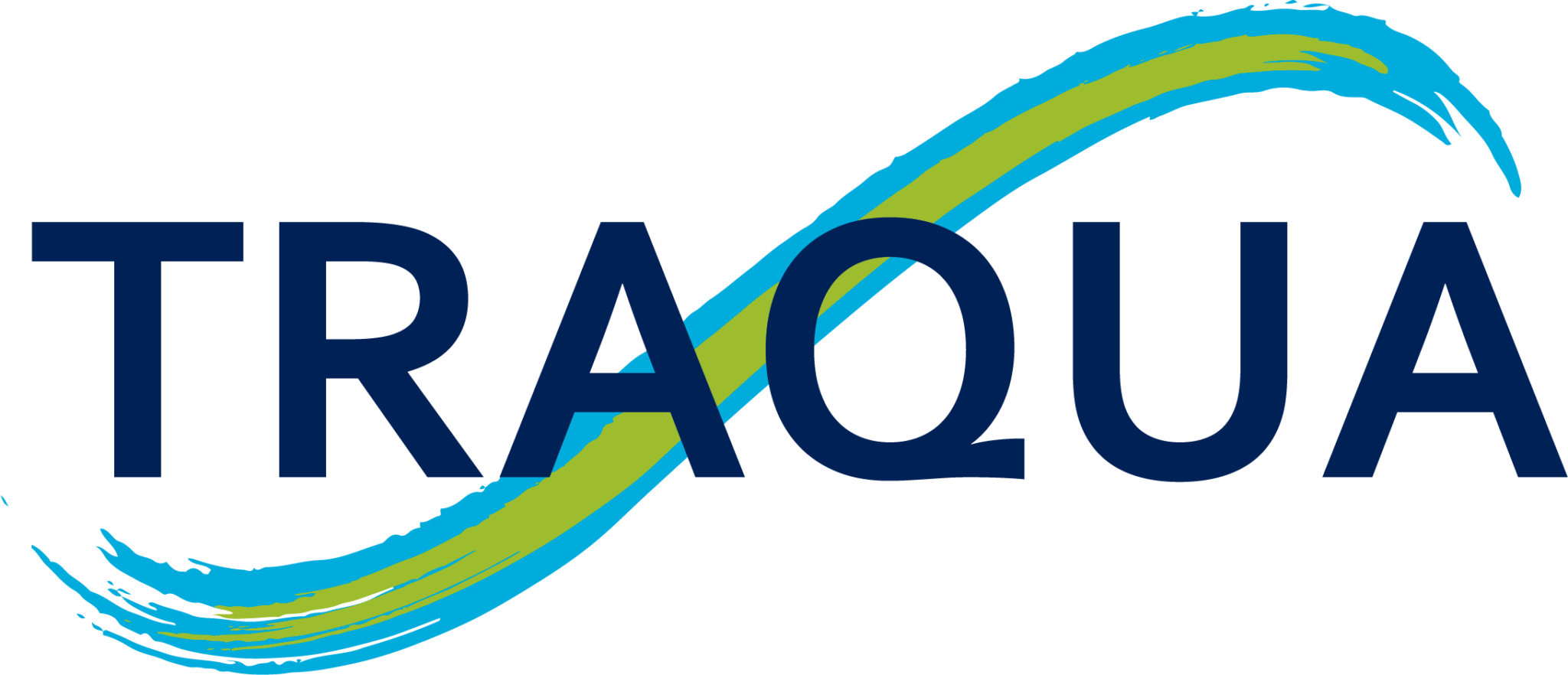
TRAQUA is a spin-off from the University of Namur. The first model of the STREAM® fluorometer was developed in 2015 by Amaël Poulain and Geert De Sadelaer, as part of Amaël Poulain’s Ph.D. thesis in karstic hydrogeology. The project required field fluorometers to characterize underground water flows in the karst systems. The team quickly realized that the fluorometers available on the market were too cumbersome, specifically in hard-to-reach sites such as karst caves. After several years of development, testing, and field experiments, Amaël decided to create the company TRAQUA to offer the expertise and innovative fluorometers to actors in the water field, with the aim to make this type of analysis and monitoring more accessible for the management and protection of water resources.
